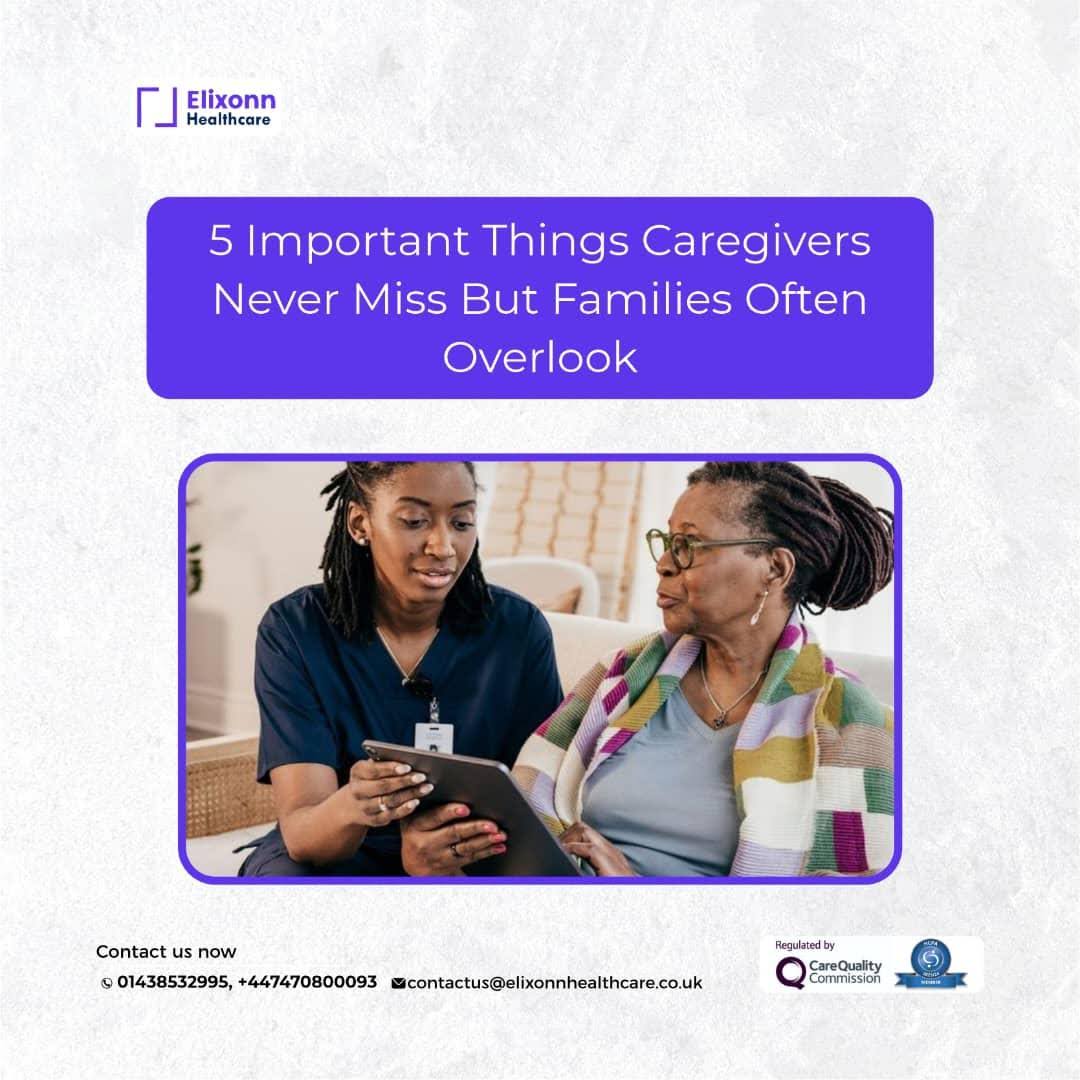Technology has revolutionized many aspects of our lives, including the way we provide care for loved ones. Today, there are countless apps and devices designed to make caregiving easier, more efficient, and more effective. In this article, we will explore the role of technology in caregiving and provide tips on how to use apps and devices to make life easier for both the caregiver and the care recipient.
The Benefits of Using Technology in Caregiving
First, let’s consider some of the benefits of using technology in caregiving. One of the most significant advantages is that technology can help to reduce the workload of caregivers. For example, there are apps that can help with medication management, tracking appointments, and monitoring vital signs. These tools can help caregivers to stay organized and ensure that their loved ones receive the care they need.
Another benefit of using technology in caregiving is that it can improve communication between caregivers, care recipients, and healthcare professionals. With video conferencing apps, caregivers can easily connect with doctors and nurses to discuss treatment plans and receive medical advice. This can be especially useful for caregivers who live far away from their loved ones or who have difficulty attending appointments in person.
Technology can also improve safety and security for care recipients. There are wearable devices that can track movement and alert caregivers if their loved one has fallen or wandered away from home. Additionally, smart home devices can provide an added layer of security by monitoring for potential hazards such as fire or carbon monoxide.
Finally, technology can help to improve the quality of life for care recipients. For example, there are apps that provide cognitive stimulation exercises for individuals with dementia or other cognitive impairments. Virtual reality technology can also provide entertainment and stimulation for individuals who are unable to leave their homes.
Using Apps and Devices to Make Life Easier for Caregivers
Now that we’ve discussed some of the benefits of using technology in caregiving, let’s look at some specific apps and devices that can make life easier for caregivers.
Medication Management Apps
One of the most challenging aspects of caregiving is managing medication. Medication management apps, such as Medisafe and MyTherapy, can help caregivers to stay organized and ensure that their loved ones are taking the correct medications at the right times. These apps provide reminders when it’s time to take medication and can also track medication usage and refill schedules.
Telemedicine Apps
Telemedicine apps, such as Teladoc and Amwell, allow caregivers to connect with healthcare professionals remotely. With these apps, caregivers can schedule appointments, speak with doctors and nurses, and receive medical advice without leaving home. This can be especially useful for caregivers who live far away from their loved ones or who have difficulty attending appointments in person.
Wearable Devices
Wearable devices, such as the Apple Watch and the Samsung Galaxy Watch, can track movement, monitor heart rate, and even detect falls. These devices can alert caregivers if their loved one has fallen or is experiencing a medical emergency. Additionally, some devices, such as the Lively Mobile Plus, have a built-in emergency response system that can connect caregivers with emergency services if needed.
Smart Home Devices
Smart home devices, such as the Nest Protect and the Amazon Echo, can provide an added layer of security for care recipients. These devices can monitor for potential hazards such as fire, carbon monoxide, and intruders. Additionally, smart home devices can be programmed to turn lights on and off, adjust temperature settings, and perform other tasks that can improve the comfort and safety of care recipients.
Cognitive Stimulation Apps
Cognitive stimulation apps, such as Lumosity and Elevate, provide exercises and games that can help to improve cognitive function in individuals with dementia or other cognitive impairments. These apps can help to improve memory, attention, and other cognitive abilities.
Virtual Reality Technology
Virtual reality technology is another exciting development in the world of caregiving. Virtual reality can provide entertainment and stimulation for individuals who are unable to leave their homes or who have limited mobility. For example, virtual reality experiences can transport individuals to different places or allow them to participate in activities that they may not be able to do in real life.
Another application of virtual reality technology in caregiving is for pain management. Virtual reality can provide distraction and relaxation techniques to help alleviate pain for individuals with chronic pain or those undergoing medical procedures.
Tips for Choosing and Using Caregiving Apps and Devices
With so many caregiving apps and devices available, it can be overwhelming to choose the right ones. Here are some tips for selecting and using caregiving apps and devices:
Consider your specific caregiving needs: Before selecting an app or device, consider your specific caregiving needs. Do you need help with medication management? Do you need to monitor vital signs? Do you need to improve communication with healthcare professionals? Identifying your specific needs can help you choose the right app or device for your situation.
Research and read reviews: Before downloading an app or purchasing a device, research and read reviews from other caregivers. This can help you to determine the effectiveness of the app or device and identify any potential issues or limitations.
Talk to healthcare professionals: Talk to healthcare professionals to determine if a particular app or device is appropriate for your loved one’s medical condition. They may be able to recommend specific apps or devices that can help to improve your loved one’s health and quality of life.
Involve your loved one: Involve your loved one in the selection process if possible. This can help them to feel more involved in their care and may increase their willingness to use the app or device.
Stay organized: Once you’ve selected an app or device, stay organized by using a system to keep track of information and data. This can include using a notebook or spreadsheet to track medication schedules or using the app’s built-in tracking features.
Take advantage of training and support: Many caregiving apps and devices offer training and support to help caregivers get the most out of the technology. Take advantage of these resources to ensure that you are using the app or device effectively and efficiently.
Conclusion
Technology has the potential to revolutionize caregiving by improving communication, reducing workload, and improving quality of life for both caregivers and care recipients. By using the right apps and devices, caregivers can stay organized, improve safety and security, and provide better care for their loved ones. With careful research, planning, and implementation, technology can help to make caregiving a little bit easier and more effective.





